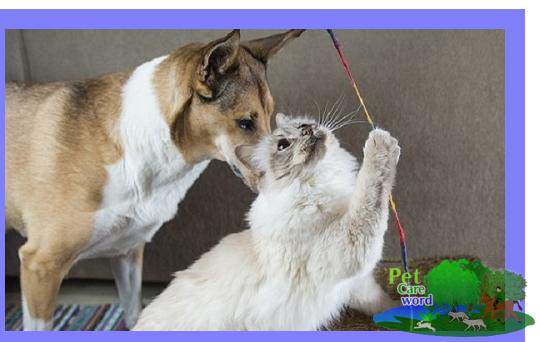Positive dog training techniques are based on rewards for good behavior rather than punishment for bad behavior. But not all dogs like the same things, so choose what your dog likes. Some dogs are very food motivated and will do almost anything for even the tiniest bit of cheese, hot dog or “training bait” (different types are available from pet stores).
Other dogs are picky eaters and do not respond to food. But they may love to get petted, brushed or play time with a favorite toy. The point is to use something that your dog likes as the reward while training.
The best dog training Techniques
Positive dog training is based on the scientific animal behavior concepts of association and operant conditioning (using rewards to shape behavior), and it is important for you as the trainer to learn how to time the reward properly. Pat of your job is to carefully observe what your dog is doing and to reward him for the behavior you want as soon as he performs it.
For example, if you are training him to lie down, give him his treat as soon as he lies down with all 4 elbows touching the ground. If you wait until he rolls over on his side, he will think he is being rewarded for lying on his side. Dogs are extremely literal and immediate when it comes to interpreting the reason for receiving a treat.

Consistency is also important. During the training process (which may include several 10 to 20 minute training sessions over the course of a few weeks) be consistent about the behavior that you reward and with the word that you use to name the behavior. After your dog can successfully repeat the behaviors over a couple of sessions, you can start introducing some changes.
Dog Training Techniques
In fact, to instill the behavior long term, you should gradually shift to an intermittent reward schedule — but only after your dog can successfully perform the behavior on command almost 100 percent of the time.
At that point, you give the command and the verbal praise for performing it, but you do not give him the treat. You can withhold the treat one out of every 3 o 5 times, intermittently, so that your dog is not sure when he will receive the treat, but still expects it.
Gradually, you will no long need to use the treat, since your dog will successfully perform your commands based on your verbal cues alone. This is really the long term goal of positive dog training techniques.
Through a gradual process of reward-based training, you dog will be happy to carry out your commands because of the trust he had developed in your leadership.
Our previous article Types Of Terrier Dog Breeds Our article titled terrier breeds, Terriers ve terriers dog breeds about information is given.







Bucky is a special boy who is always so happy and playful. He looks forward to bonding with his human through posit…